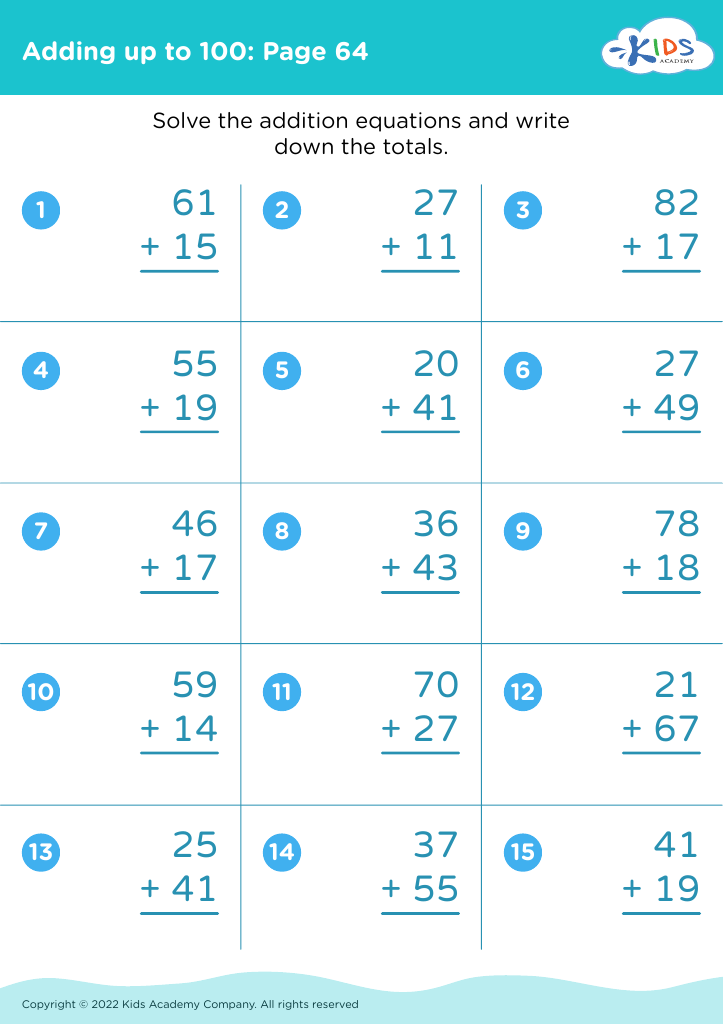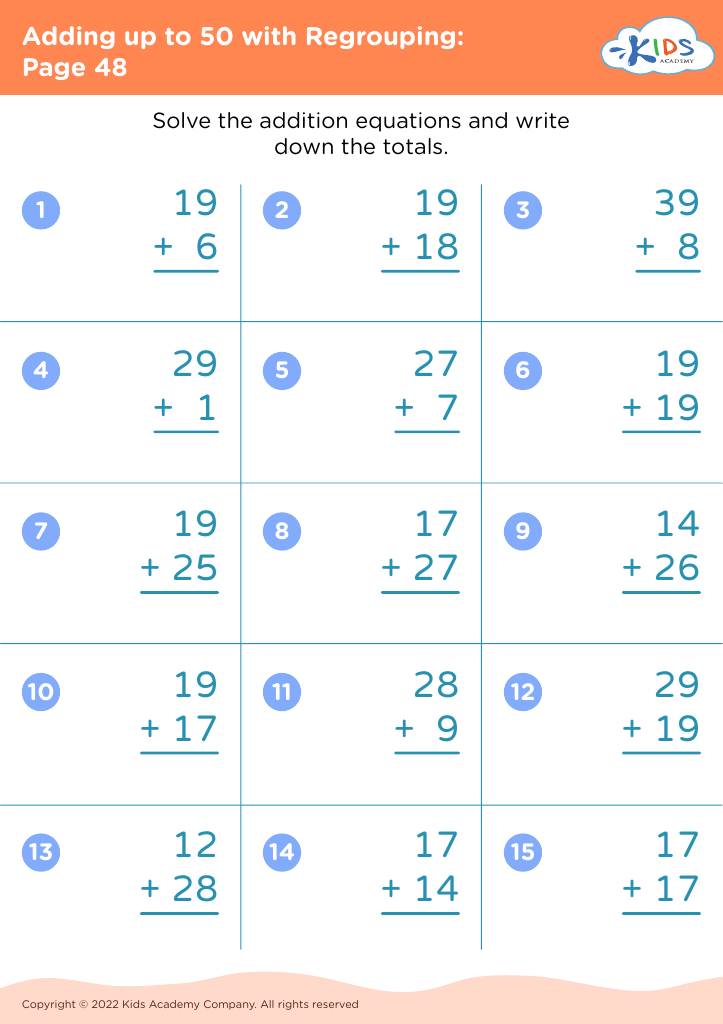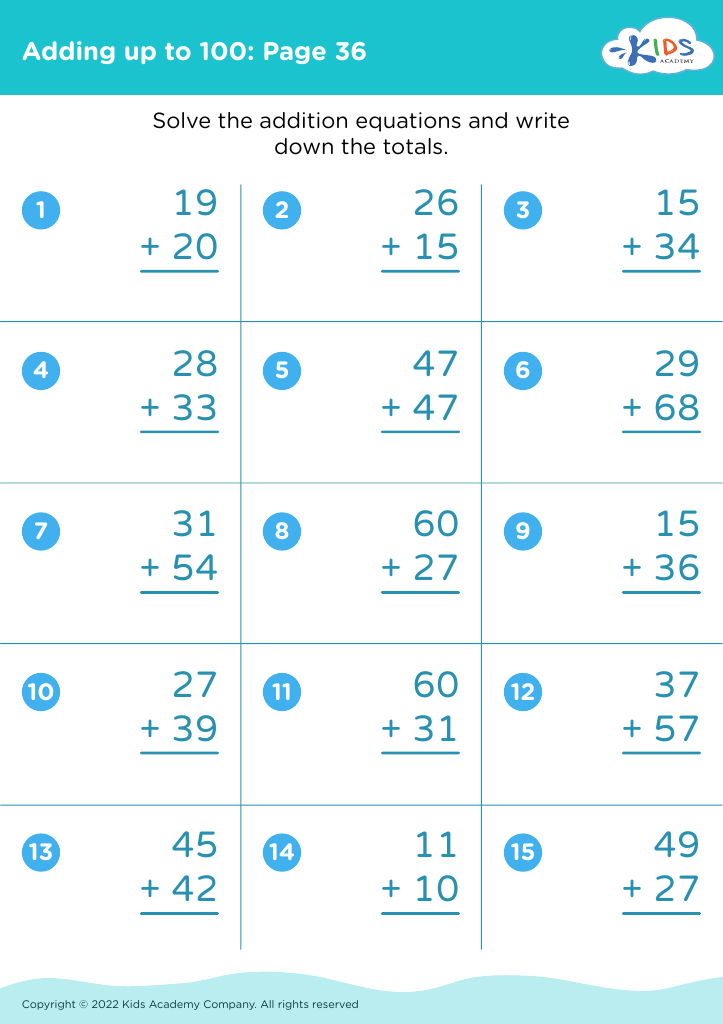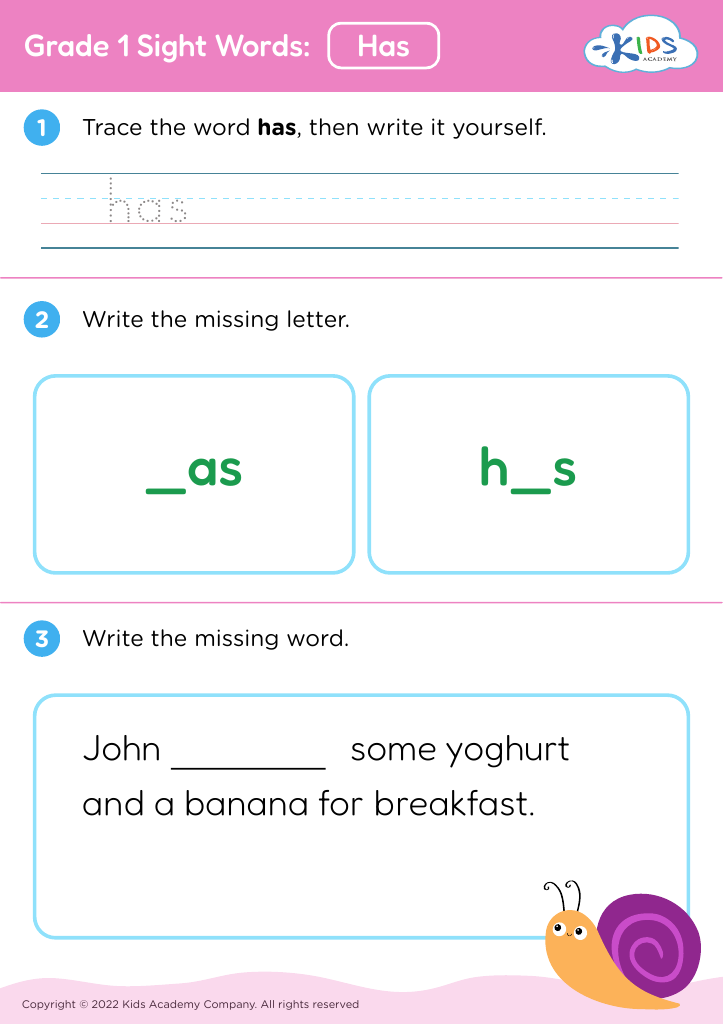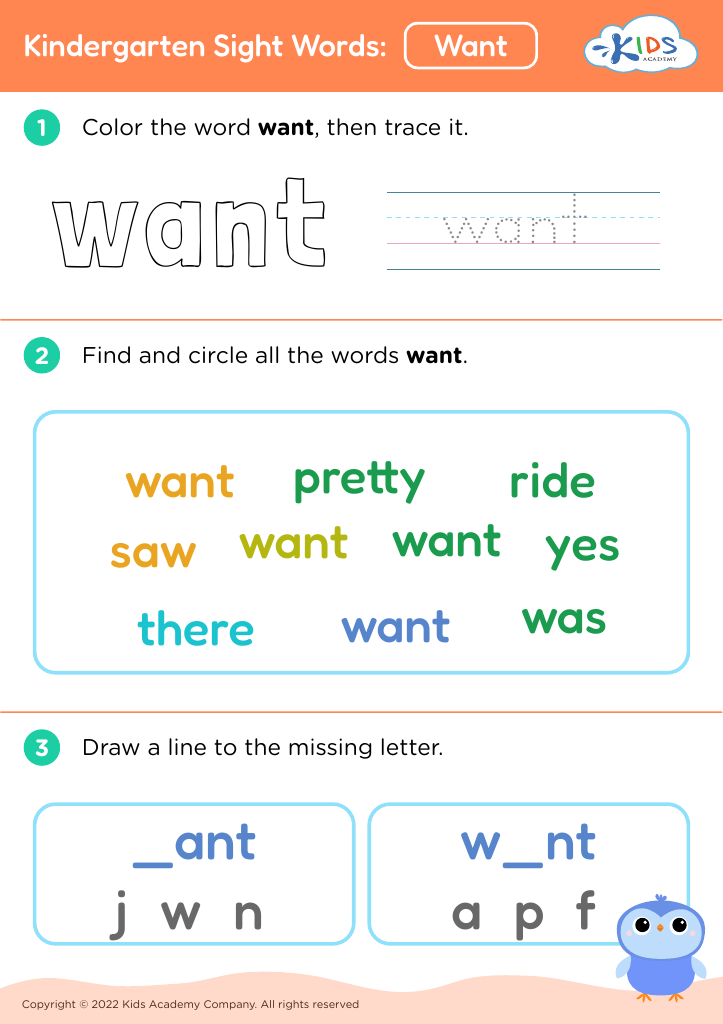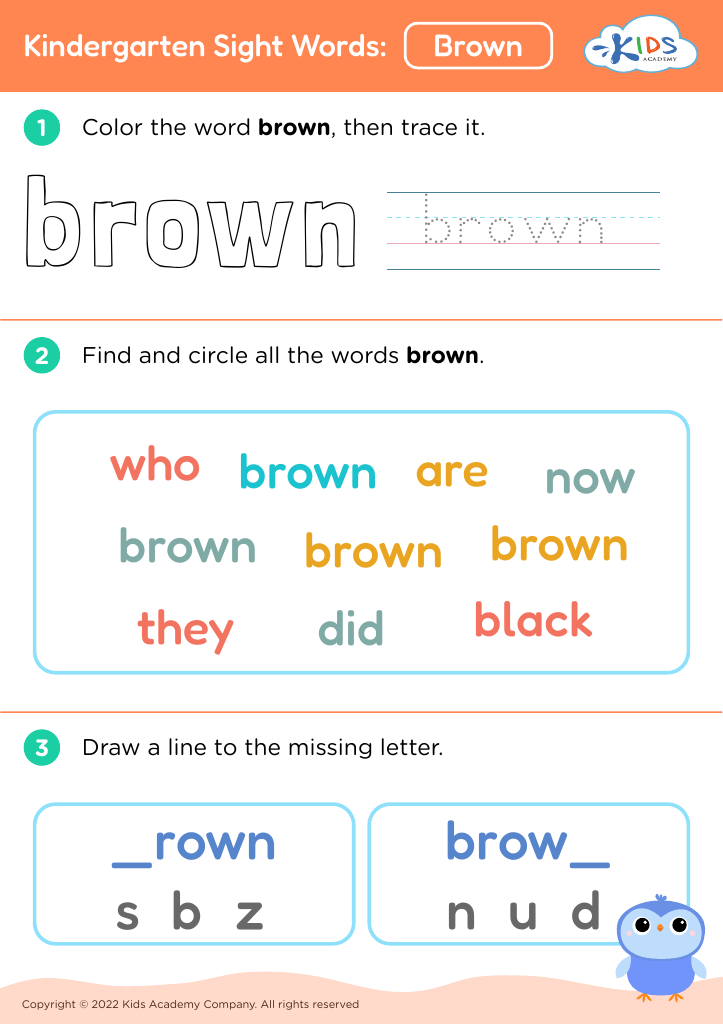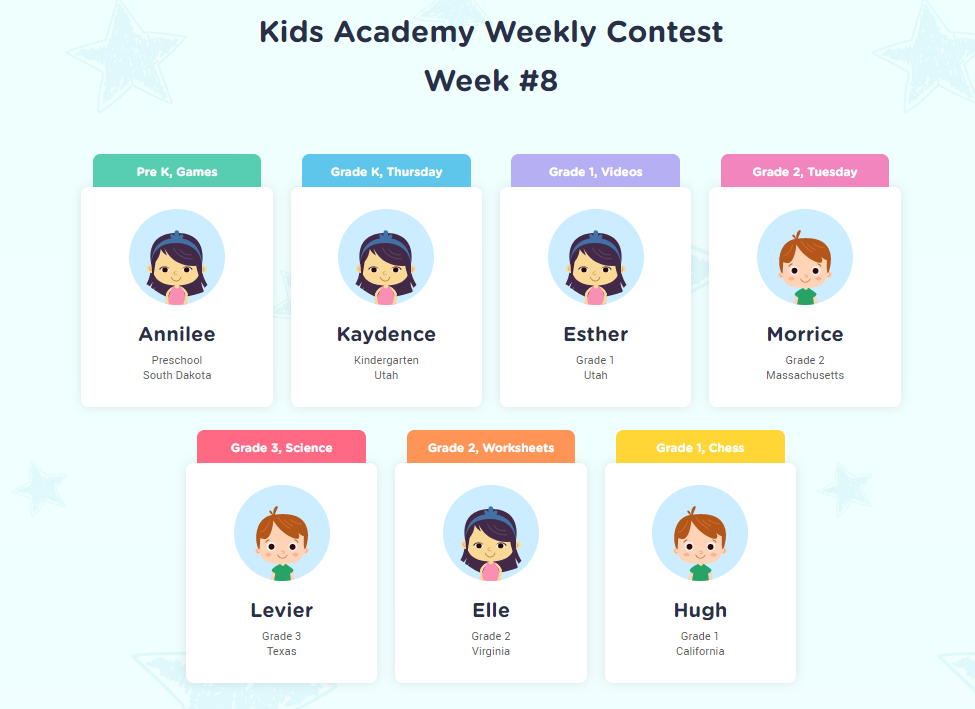Numerical problem solving Worksheets for Kids
6 filtered results
-
From - To
Question/Answer
How to train the Numerical problem solving skill in Grade 2 students learning about Adding up to 100 Misc?
To train Grade 2 students in solving numerical problems, especially in adding up to 100, focus on practical, hands-on activities. Use visual aids like number lines, base-ten blocks, and pictorial representations. Incorporate games that involve adding numbers to make learning engaging. Start with simpler problems and gradually increase difficulty. Practice regularly, and give positive feedback to build confidence.
How to test a Grade 2 student’s Numerical problem solving skills?
To test a Grade 2 student’s numerical problem-solving skills, use simple addition and subtraction word problems within 100, introduce basic multiplication and division concepts using arrays or groups, include problems requiring two-step reasoning, and incorporate real-life scenarios. Use visual aids and manipulatives for hands-on understanding. Ensure questions are age-appropriate, clear, and encourage logical thinking.
How does the mastery of the Numerical problem solving skill affect a student's performance at an early age?
Mastery of numerical problem-solving skills at an early age significantly enhances a student's performance by improving mathematical understanding, analytical thinking, and logical reasoning. It boosts academic confidence, lays a strong foundation for advanced math concepts, and fosters a positive attitude towards learning. Early proficiency in numerical problem-solving can also predict future success in STEM fields.
